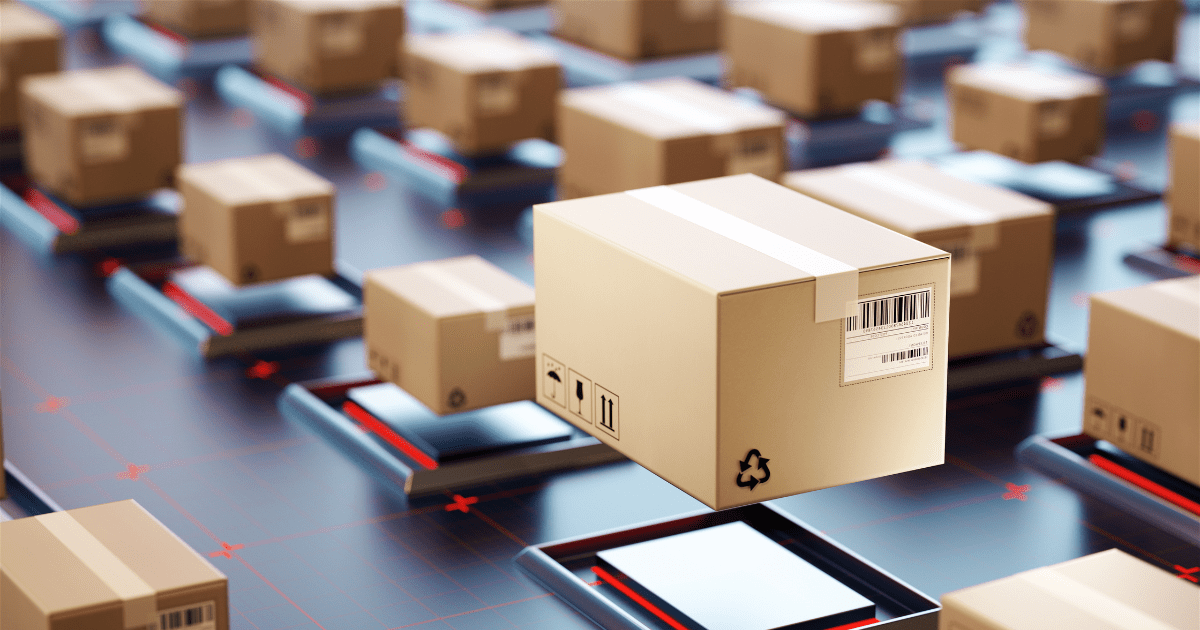With consumer demand for sustainable products increasing at an unprecedented rate, packaging innovation has become crucial for brands seeking to build long-term trust and market share. No longer seen as just a protective barrier around products, packaging is taking center stage as an essential part of the customer experience and a visible representation of corporate social responsibility. New technologies are emerging that allow brands to meet sustainability goals while still delivering the protective functions, aesthetics and user experience expectations of today’s buyers. This article explores some of the most promising next generation packaging solutions and their potential impact.
Active and Intelligent Packaging
One of the most rapidly developing fields in packaging is “active and intelligent packaging”, which incorporates features allowing packages to monitor, sense and interact with their contents. Technologies like time-temperature indicators, freshness monitors and gas scavengers help extend shelf life, reduce waste and ensure product quality is maintained throughout the supply chain. RFID tags and smart labels also enable real-time tracking of perishables to optimize logistics, improve yields and prevent overstocking. These active technologies provide data insights enabling brands to minimize waste at every stage while satisfying customers’ quality expectations.
Bioplastics and Plant-Based Materials
As awareness grows around plastic pollution and dependence on fossil fuels, bioplastics and other plant-based materials are gaining ground as more sustainable packaging alternatives. Developed from renewable feedstocks like agricultural residues, bioplastics reduce reliance on non-renewable petroleum resources. Compostable plastic films made from starch, cellulose or polylactic acid can break down after use, avoiding the accumulation of non-degradable materials in landfills and the natural environment. Some innovative companies are even creating packaging from agricultural byproducts and food industry waste streams. As production capacity increases, these novel plant-based materials are poised to replace many common single-use plastics.
Novel Recyclable and Renewable Materials
Beyond traditional recycling schemes, creative new technologies are allowing traditionally non-recyclable materials to be repurposed. Chemically recycling mixed plastics waste back into basic hydrocarbon chains for use in new plastic production avoids losses during mechanical recycling. Novel materials like seed paper allow packaging to be planted and grow into flowers or edible plants, eliminating the need for disposal. Composite materials make use of agricultural and aquaculture byproducts in structural components, while renewable bio-based woods and corks provide sustainable options for protectively encasing products. As recycling and recovery methods evolve, “waste” packaging streams will increasingly become renewable resources in a truly circular economy model.
Digital Technology Integration
Advancing digital printing capabilities and interactive labeling options allow for more customized communications, on-demand editions and Next Generation Packaging opportunities. Dynamic QR and RFID-linked digital content, augmented reality features and interactive screens bring product information to life while reducing reliance on inserts and pamphlets. Integrated connectivity also enables brand engagement through social sharing, user-generated reviews and live feedback collection. Digital technologies empower highly personalized experiences while streamlining packaging to only essential protective materials. When combined with recycling-focused design, this results in lighter, more efficiently produced and ultimately more sustainable package formats.
*Note:
1.Source: Coherent Market Insights, Public sources, Desk research
2.We have leveraged AI tools to mine information and compile it



